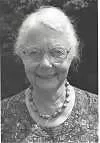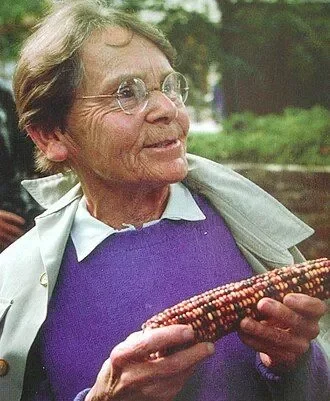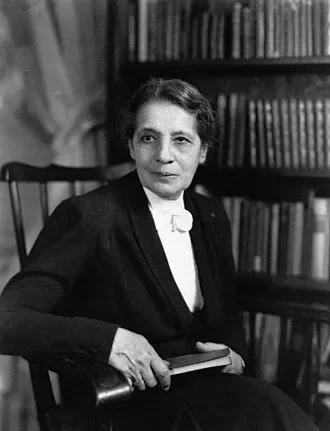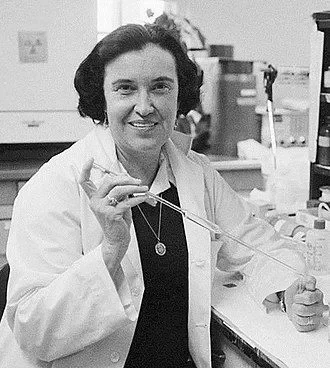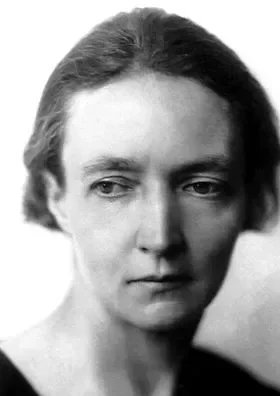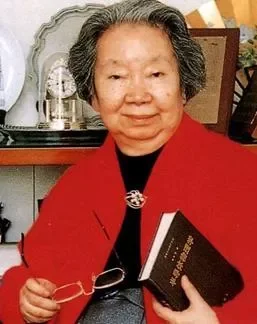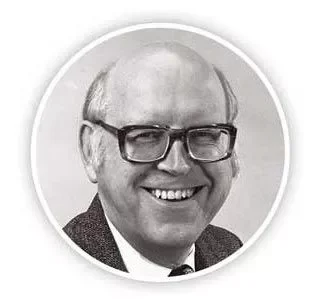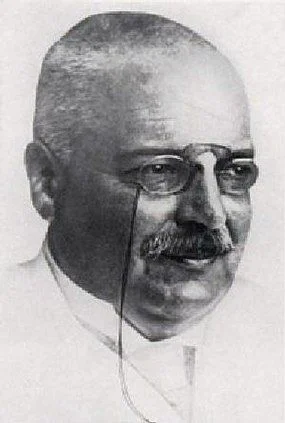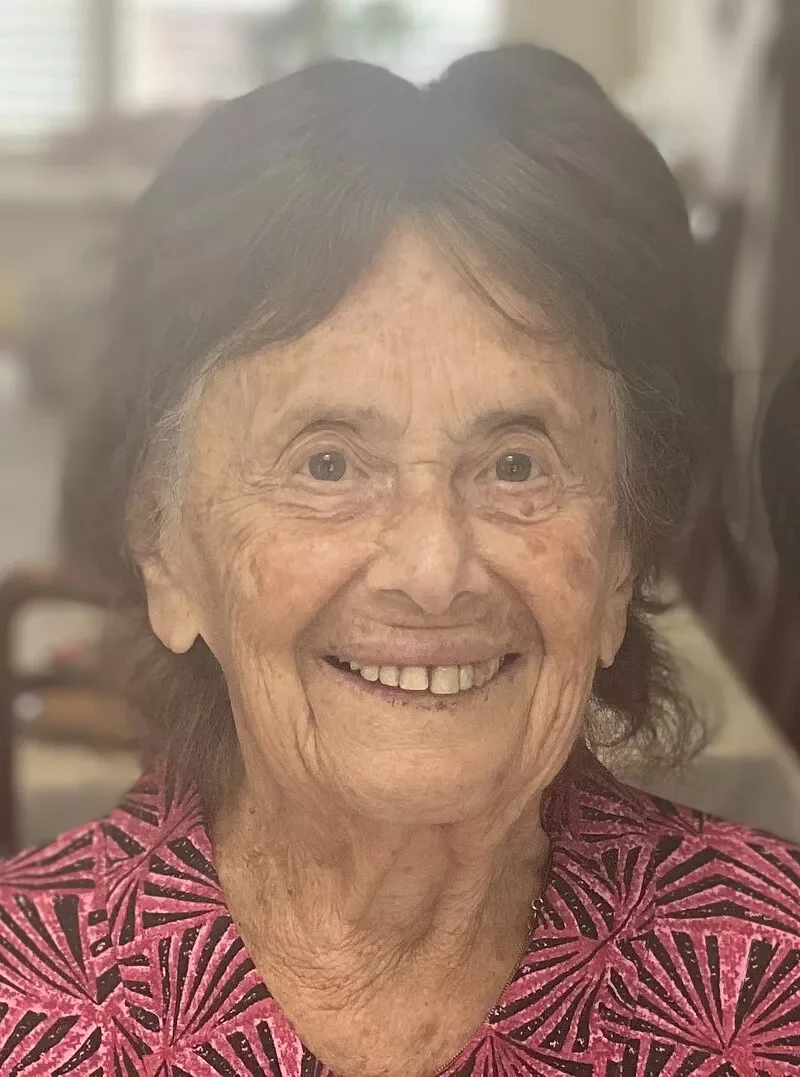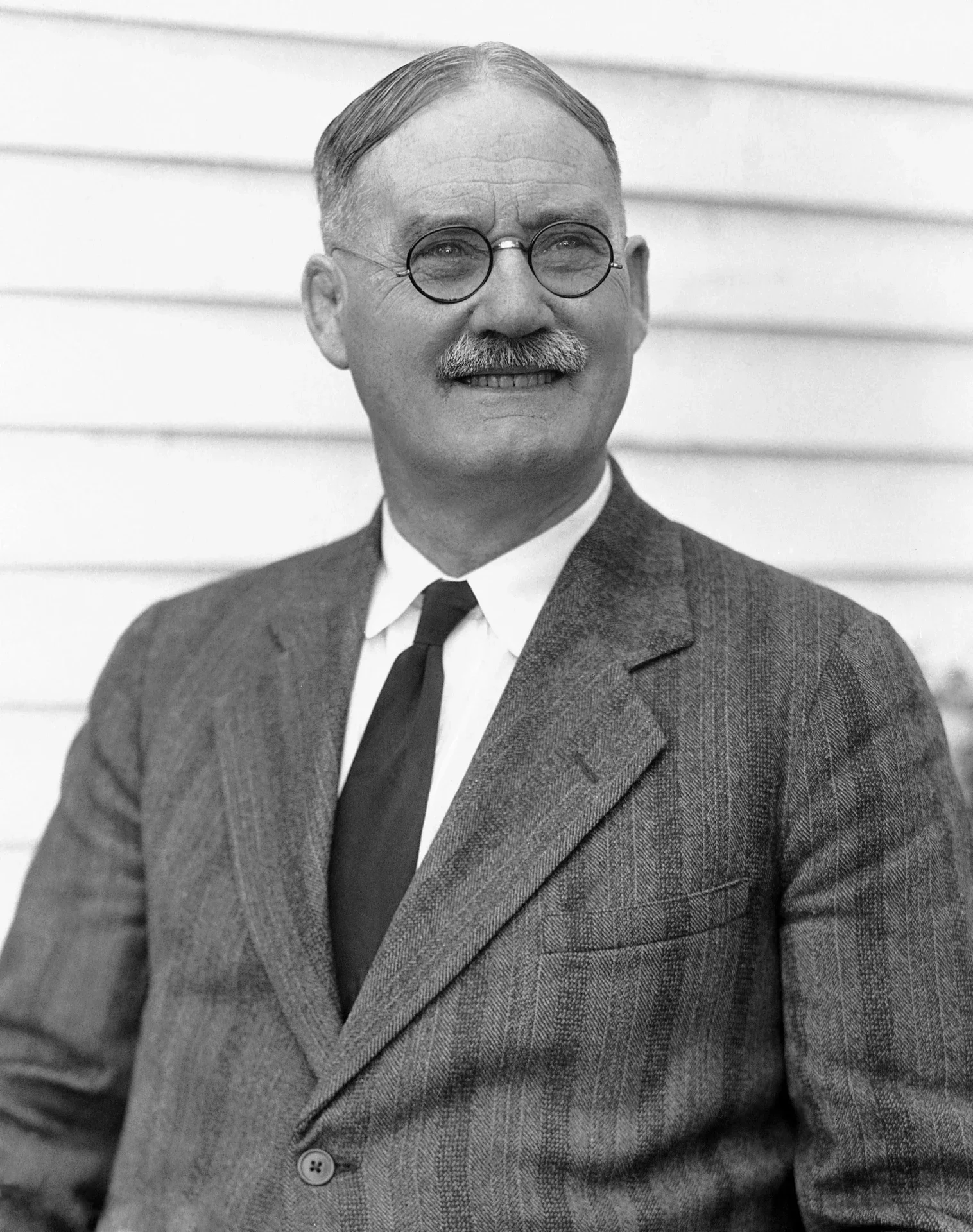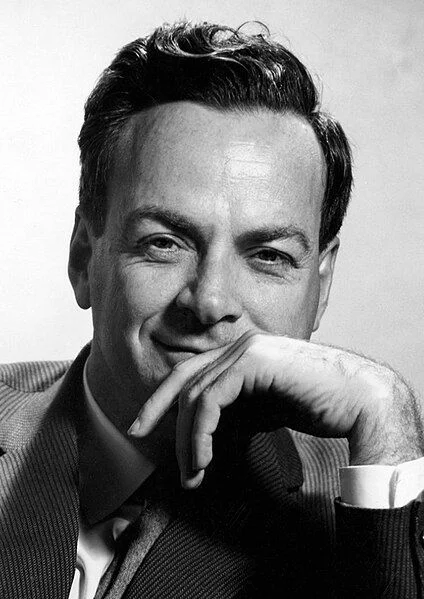Real Celebrities Never Die!
OR
Search For Past Celebrities Whose Birthday You Share

source:wikipedia.org
Kiyoshi Shiga
Birthday:
07 Feb, 1871
Date of Death:
25 Jan, 1957
Cause of death:
Natural causes
Nationality:
Japanese
Famous As:
Researcher
Age at the time of death:
85
Early Life and Background
Kiyoshi Shiga was born on February 7, 1871, in Sendai, Miyagi Prefecturae, Japan. Originally named Kiyoshi Satō, he later adopted his mother’s maiden name, Shiga, after being raised by his maternal family. Shiga’s childhood coincided with Japan’s Industrial Age and Meiji Restoration, a period of rapid modernization that brought both opportunities and financial challenges to many families, including his own.
Education and Formative Years
Shiga’s academic journey led him to the Medical School of Tokyo Imperial University, where he graduated in 1896. It was during his university years that Shiga encountered Kitasato Shibasaburō, a world-renowned Japanese scientist who had studied under Robert Koch. Kitasato’s work in bacteriology and immunology deeply inspired Shiga, shaping his future career path.
Professional Career and Achievements
After graduation, Kiyoshi Shiga joined the Institute for the Study of Infectious Diseases, directed by Kitasato Shibasaburō. It was here that Shiga made his most famous discovery. In 1897, during a severe dysentery epidemic in Japan, Shiga isolated and identified the bacterium responsible for the disease. This microorganism, initially called Bacillus dysenteriae, was later renamed Shigella dysenteriae in honor of its discoverer.
Shiga’s work on dysentery was groundbreaking. He not only identified the causative agent but also discovered the Shiga toxin produced by the bacteria. This discovery led to attempts to develop a vaccine, although his initial efforts with a heat-killed S. dysenteriae were unsuccessful.
From 1901 to 1905, Shiga worked with Paul Ehrlich in Germany, further expanding his knowledge and expertise. Upon returning to Japan, he resumed his research on infectious diseases with Kitasato.
Later Career and Contributions
Shiga’s career continued to flourish. In 1920, he became a professor at Keio University. From 1929 to 1931, he served as the president of Keijō Imperial University in Seoul (now Seoul National University) and was a senior medical advisor to the Japanese Governor-General of Korea.
Throughout his career, Shiga conducted research on various diseases, including tuberculosis, leprosy, and trypanosomiasis. He also wrote widely popular textbooks on bacteriology and immunology.
Kiyoshi Shiga's Quote's
Personal Life
In 1900, Shiga married Ichiko Shiga, and they had eight children together. However, his personal life was marked by tragedy. He lost his wife to stomach cancer in 1944, his eldest son to turbulent seas during a voyage, and another son to tuberculosis.
Legacy and Death
Kiyoshi Shiga’s contributions to bacteriology and immunology were widely recognized. He received the Order of Culture in 1944 and was awarded the Order of the Sacred Treasure, 1st class, upon his death.
Shiga passed away on January 25, 1957, in Tokyo, Japan, at the age of 85. His legacy lives on in the Shigella genus of bacteria and the Shiga toxin, both named after him. His work laid the foundation for our understanding of dysentery and continues to influence the field of microbiology to this day.
Name:
Kiyoshi Shiga
Popular Name:
Kiyoshi Shiga
Gender:
Male
Cause of Death:
Natural causes
Spouse:
Place of Birth:
Sendai, Miyagi Prefecture, Japan
Place of Death:
Tokyo, Japan
Occupation / Profession:
Personality Type
Architect: Imaginative and strategic thinkers, with a plan for everything. Shiga’s analytical, research-driven approach to science and medicine, along with his independent and forward-thinking mindset.
Shiga played a critical role in combating dysentery outbreaks in Japan and around the world.
The bacteria Shigella was named after Shiga in recognition of his discovery.
His work was foundational in bacteriology and public health.
He worked under Dr. Kitasato Shibasaburo, another leading bacteriologist, in the early stages of his career.
Discovered Shigella dysenteriae, the bacterium responsible for dysentery, in 1897
Served as the president of the Imperial University of Tokyo and was an influential figure in Japanese medical education
Contributed to advancements in bacteriology and public health in Japan
